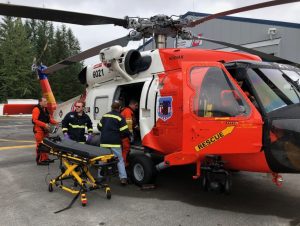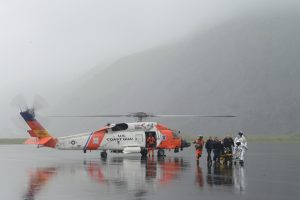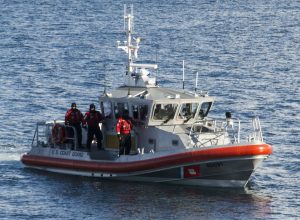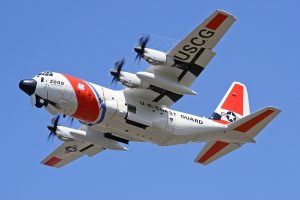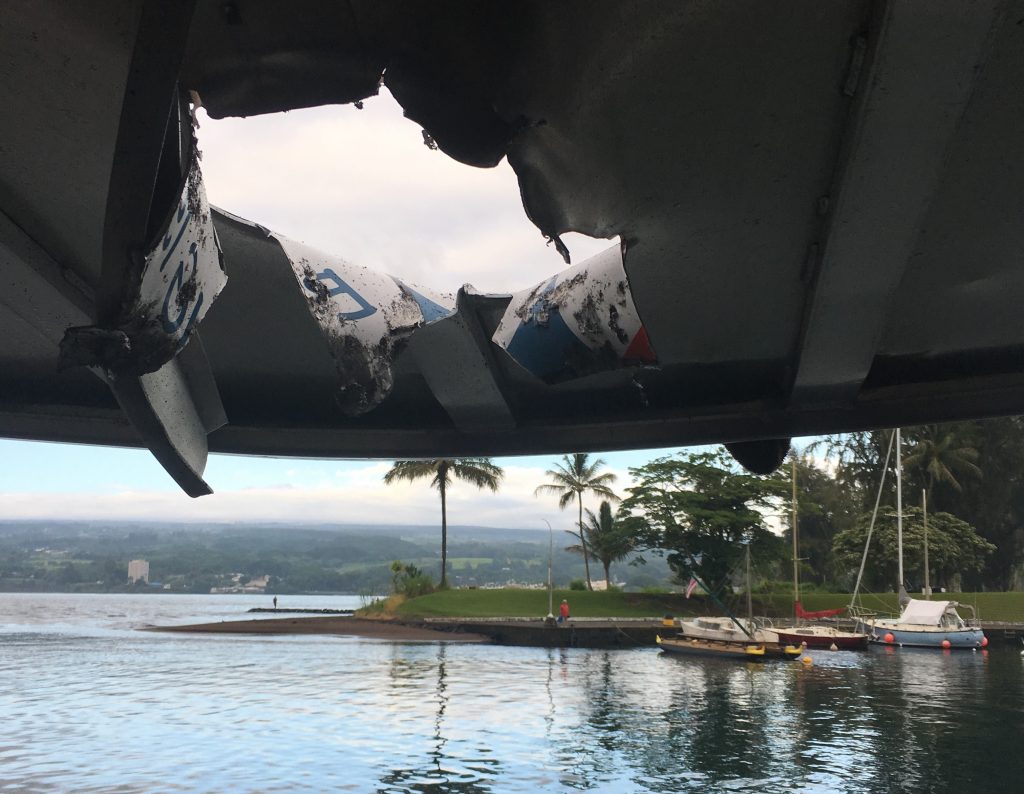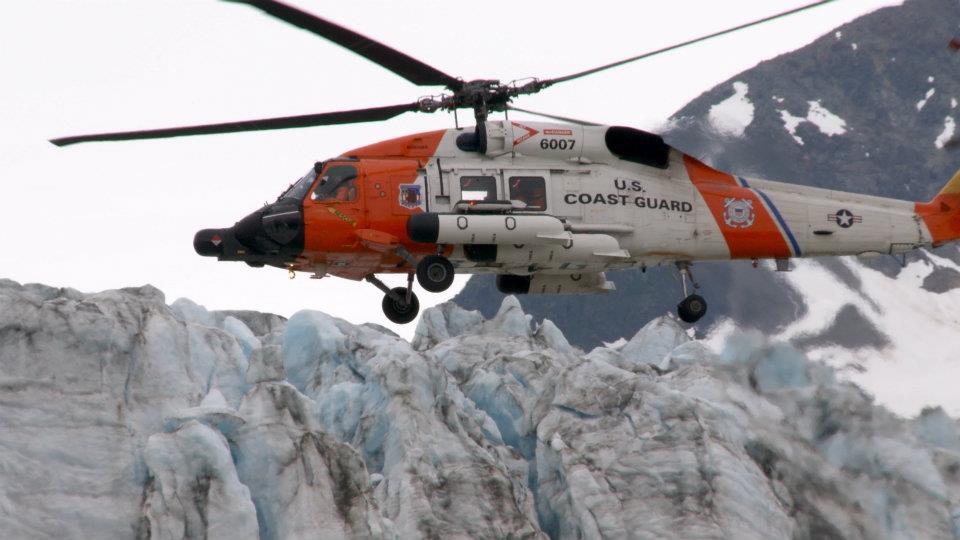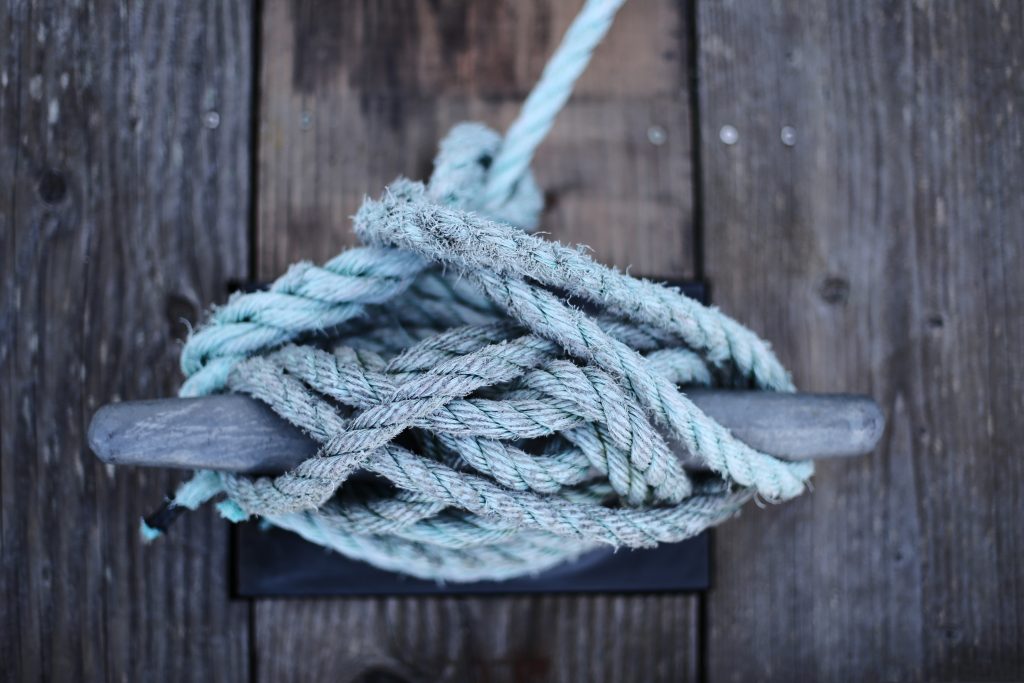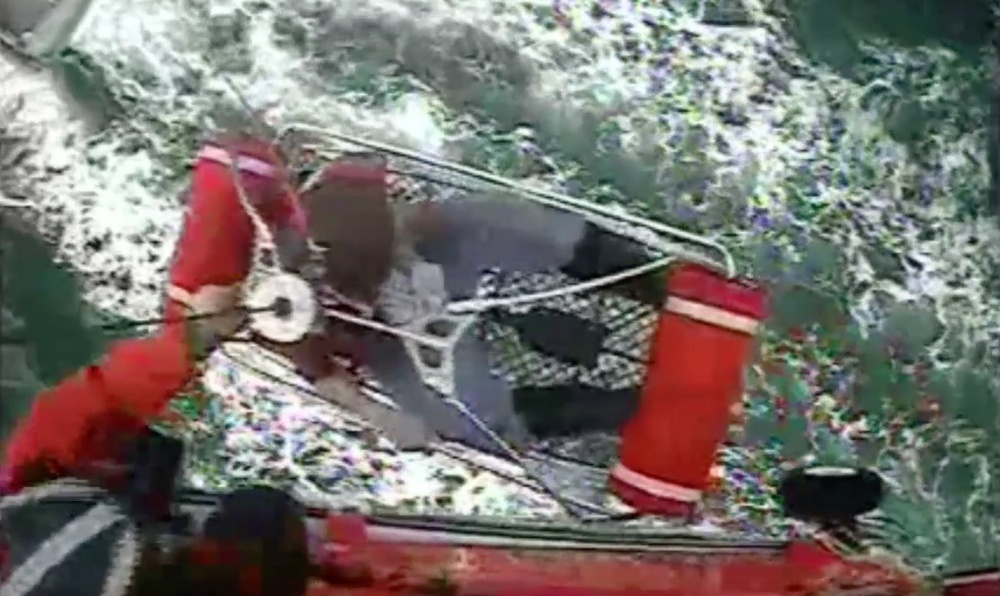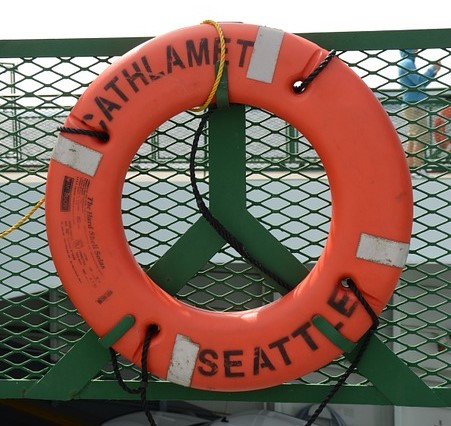Maritime Head and Brain Injuries
 The 2018 fishing season has seen many head and brain injuries. Being injured while working at sea can be disastrous to one’s career, but head and brain injuries can also be debilitating. Jones Act Law protects seamen, fishermen, tugboat workers, and crewmembers who have been injured while working at sea. The maritime doctrine of “maintenance and cure” is a no-fault maritime benefit. It means that the employer must pay for all reasonable medical expenses associated with a head or brain injury, including the following:
The 2018 fishing season has seen many head and brain injuries. Being injured while working at sea can be disastrous to one’s career, but head and brain injuries can also be debilitating. Jones Act Law protects seamen, fishermen, tugboat workers, and crewmembers who have been injured while working at sea. The maritime doctrine of “maintenance and cure” is a no-fault maritime benefit. It means that the employer must pay for all reasonable medical expenses associated with a head or brain injury, including the following:
• Hospitalization
• Emergency Transportation
 Maritime Injury Law Blog
Maritime Injury Law Blog


